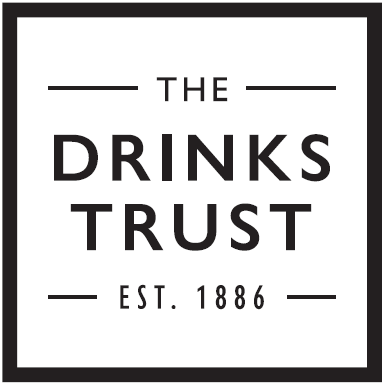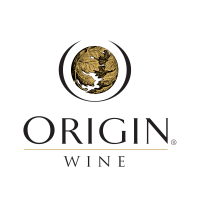For a relatively common aroma in wine, there is a scarcity of research papers looking at cherry aroma specifically. Most studies examine another interaction and mention cherry aroma as an aside.
However, the research does seem to suggest that the aroma can be influenced by things such as canopy management and certain winemaking practices.
First, some background information on cherries themselves.
Flavour and Fragrance Journal:2010:Online June 2010:Sun S Y 2010:Characterization of the aroma‐active compounds in five sweet cherry cultivars grown in Yantai (China)
This is a study from China on volatile aroma compounds found in cherries.
Key findings: Many of the volatile compounds in cherries are also found in grapes and wine, including…
These primary compounds:
Aldehydes: C6:Hexanal (fresh grass, elderflower, fatty)
Aldehydes: C6:2-Hexen-1-al (apple, green, leafy, vegetable, fruity)
Alcohols: C6:Hexan-1-ol (vegetal)
Aldehydes: C7:Benzaldehyde (almond)
Alcohols: C7:Phenylmethanol (jasmine, hyacinth)
Among 40 other volatile aromas:
Aldehydes: C9:Nonanal (elderflower, hibiscus)
Terpenoids: Monoterpenoid ketones: Geranyl acetone (magnolia, green)
Terpenoids: Monoterpenoids: Linalool (elderflower, gardenia, hibiscus, honeysuckle, lavender)
Aldehydes: C9:(E,Z)-2,6-Nonadienal (cucumber, violets, sour cherry)
Aldehydes: C9:(2Z,2E)-2,4-Nonadienal (fatty, pelargonium)
Food Technology and Biotechnology:2010:Levaj B 2010:Polyphenols and Volatiles in Fruits of Two Sour Cherry Cultivars, Some Berry Fruits and Their Jams
Key findings in this study from Croatia: “The main volatile compound in both sour cherry cultivars was benzaldehyde (characteristic cherry aroma compound), which was followed by hexanal, 2-hexenal, 2-heptanone, linalool, nerol and a-terpineol.”
Fenaroli’s Handbook of Flavor Ingredients refers to the synthetic production of sour cherry aroma being primarily based on the combination of benzaldehyde, bitter almond essential oil and fruity esters. Imitation sweet cherry is most often produced by combining benzaldehyde with other aldehydes and other aroma compounds found also in wine, such as cinnamaldehyde, ethyl butyrate, ethyl heptanoate and eugenol.
'Benzaldehyde plays a significant role, at least as a base for cherry aroma'So it appears that benzaldehyde plays a significant role, at least as a base for cherry aroma. As the following paper looking at Viognier and Chardonnay in Australia demonstrates, however, benzaldehyde alone does not necessarily lead to a cherry aroma specifically, in this case other pome fruits…
JAFC:2018:Online February 2018:Siebert T E 2018:Volatile Compounds Related to Stone Fruit Aroma Attributes in Viognier and Chardonnay Wines
Key finding: Benzaldehyde contributes to stone fruit aroma, in this case peach.
Therefore, there must be other aroma compounds involved.
AJGWR:2015:Early view June 2015:Tomasino E 2015:Aroma composition of 2-year-old New Zealand Pinot Noir wine and its relationship to sensory characteristics using canonical correlation analysis and addition/omission tests
This paper on New Zealand Pinot Noir highlights the role of esters and their interaction to produce different aromas.
Key findings: Ethyl octanoate increased red cherry aroma, the combination of ethyl octanoate and ethyl decanoate enhanced black cherry aroma.
The following paper on Primitivo in Italy further supports the role of esters…
SAJEV:2016:37-2:Trani A 2016:Phenols, Volatiles and Sensory Properties of Primitivo Wines from the Gioia Del Colle PDO area
Key findings: Esters above odour thresholds, cherry prominent.
Aldehydes and esters are found in grapes and wine which means that we have the potential to influence cherry aromas in the field and in the winery. Here is a snapshot of the influences on cherry aroma in wine…
This paper on Pinot Noir in New Zealand shows the effects of region…
AJEV:2013:64-3 p357-363:Tomasino E 2013:Regional Differentiation of New Zealand Pinot noir Wine by Wine Professionals Using Canonical Variate Analysis
Key finding: Wines from different regions could be differentiated on the basis of aromas including cherry.
AJEV:1996:47 p329-339:Reynolds A G 1996:Fruit Environment and Crop Level Effects on Pinot noir. III. Composition and Descriptive Analysis of Oregon and British Columbia Wines
This study on Pinot Noir in the Okanagan Valley, British Columbia, and Alpine, Oregon, looked at the influence of canopy management.
Key findings: Cherry and anise aromas were more prominent in a vertically divided canopy, in this case Scott-Henry.
Winemaking practices also affect, in this case Aglianico wine in Italy…
Conference proceedings:1st International Symposium-Oenoviti International network:2013:6 September 2013:Lisanti M T 2013:Partial dealcoholization of red wines, sensory and composition quality
Key findings: Dealcoholisation decreased cherry aromas and esters in general.
Must treatments can also affect cherry aroma development…
AJEV:2016:67-2 p169-178:Sparrow A M 2016:Accentuated Cut Edges (ACE)- Effects of Skin Fragmentation on the Composition and Sensory Attributes of Pinot noir Wines
Key findings: Submerging the cap during fermentation increased dark cherry aroma.
As does yeast selection – as demonstrated by this study on Cabernet Sauvignon in China, which looked at indigenous versus commercial Saccharomyces cerevisiae strains…
International Journal of Food Properties:2016:19-11 p2417-2431:Liu N 2016:Aroma Composition and Sensory Quality of Cabernet Sauvignon Wines Fermented by Indigenous Saccharomyces cerevisiae Strains in the Eastern Base of the Helan Mountain, China
Key findings: The indigenous strain significantly increased cherry aroma and esters in general.
If you decide you want more or less cherry aroma, then I suggest you experiment with your vineyard and winery practices.
James Wright is an international viticulture and management consultant and author of www.vitisynth.com and the newsletter VitiSynthesis.


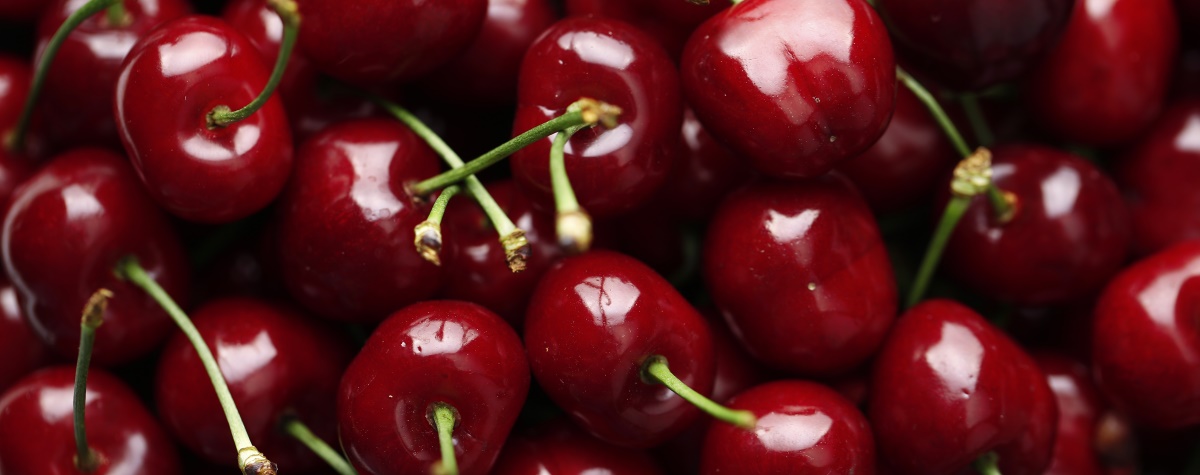




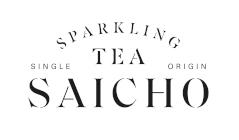




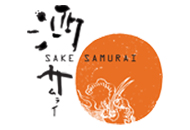
.png)

